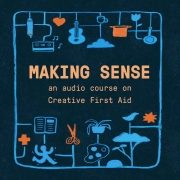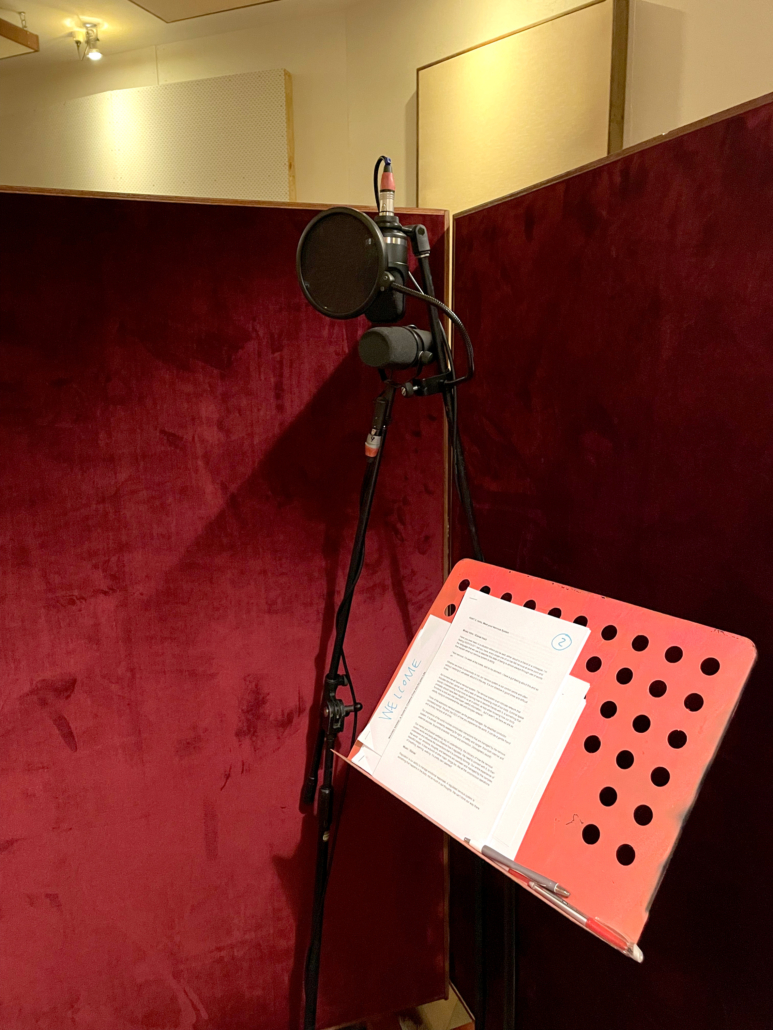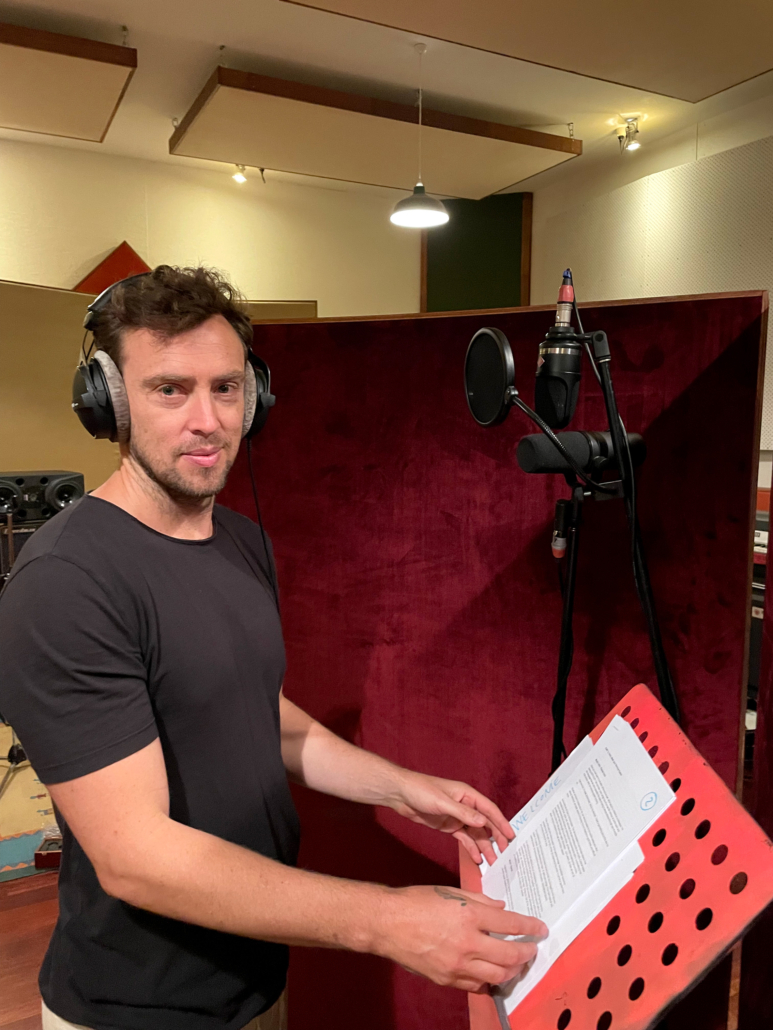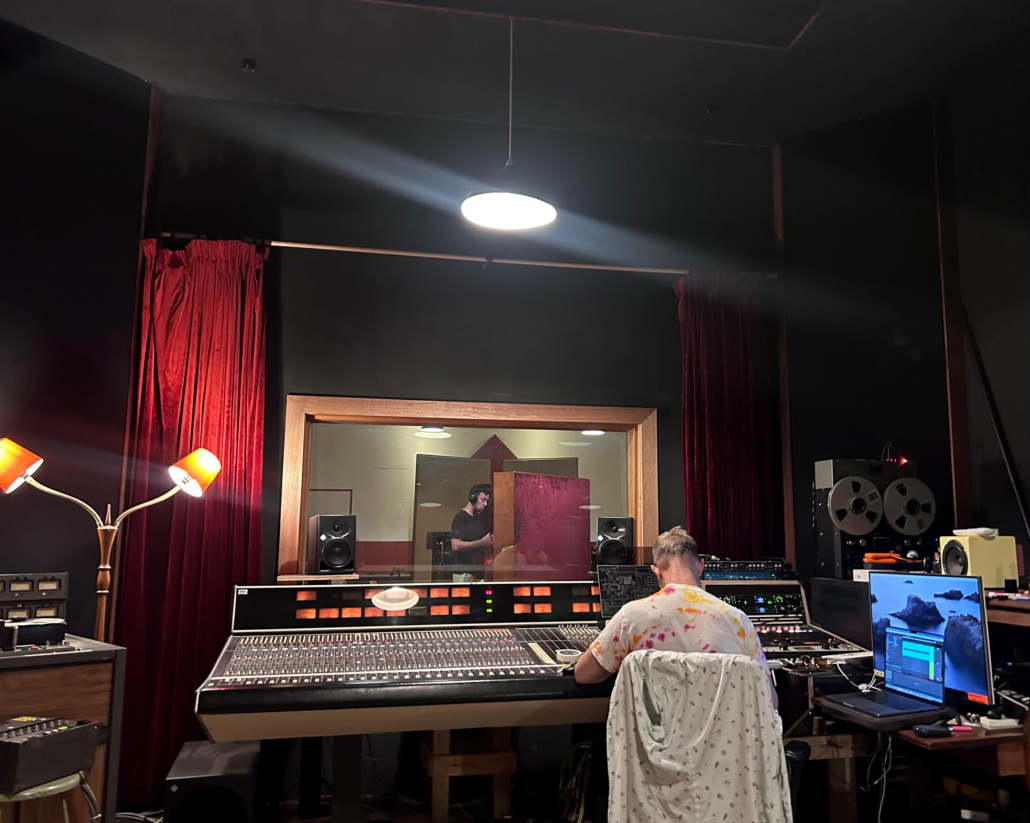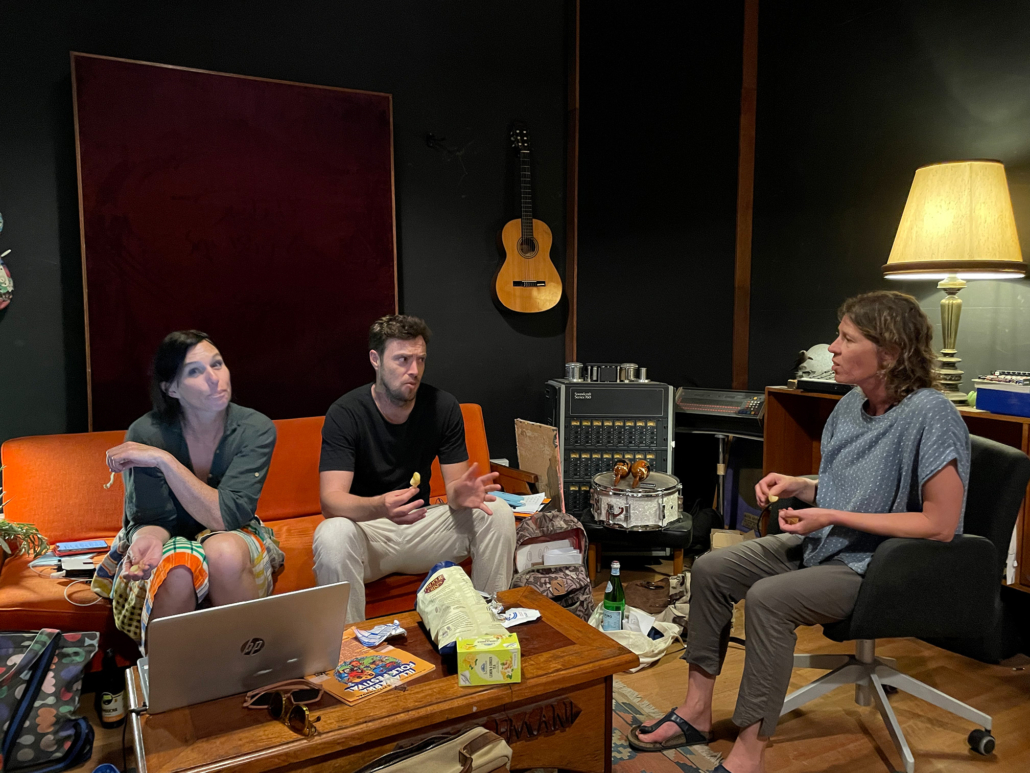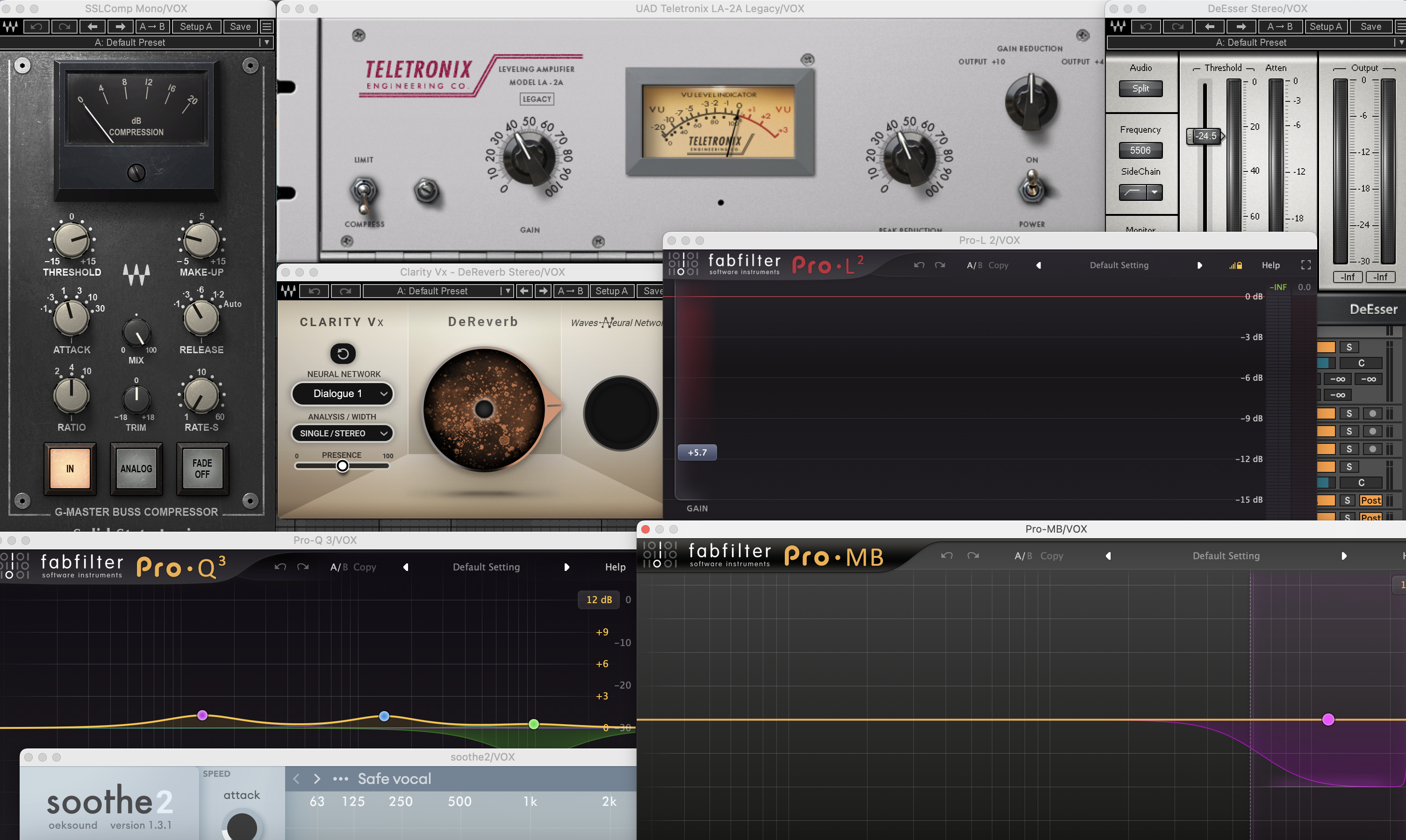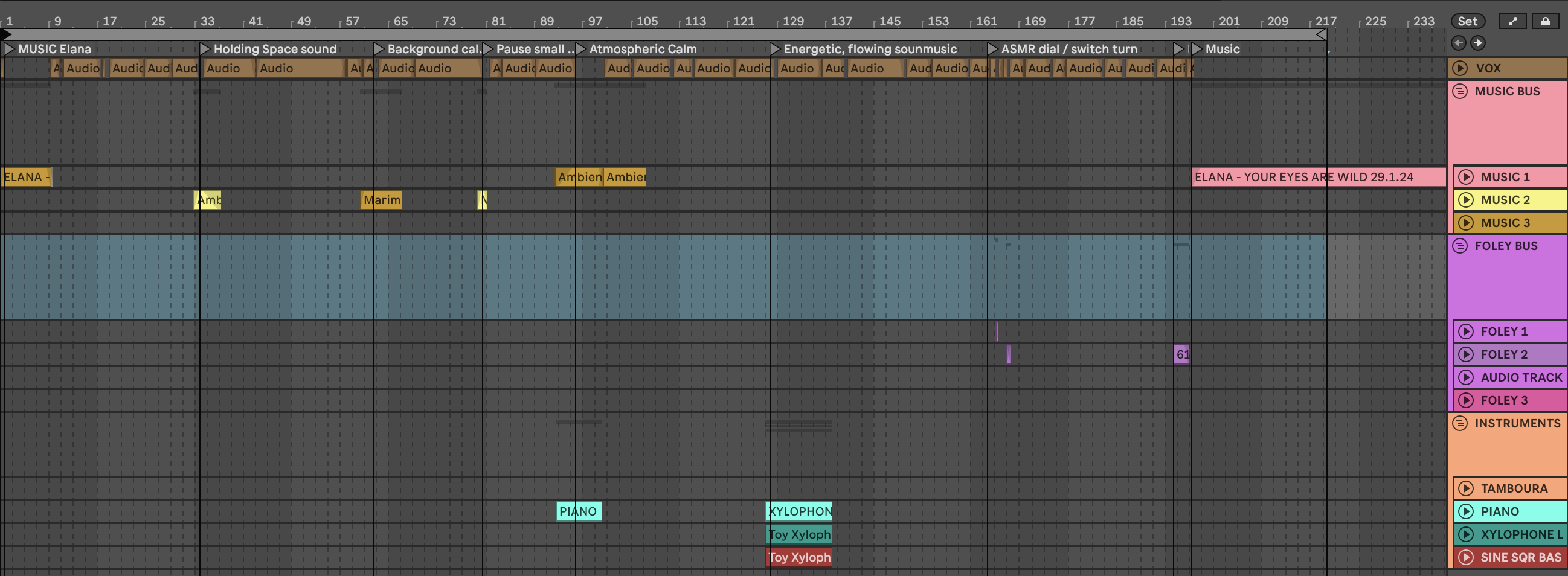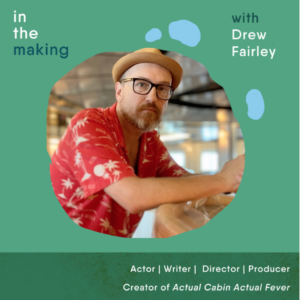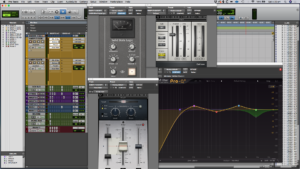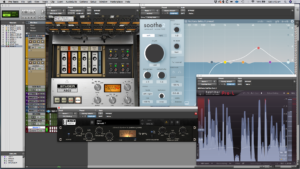Making Sense – Podcast recording
Over the tail of 2023 and deep into 2024, I collaborate with the Make Shift creators, Caitlin Marshall & Lizzie Rose, to create an audio courser delivering their great knowledge about creativity and it’s role in our sense of well being.
The audio course is titled Making Sense, and is a nine part audio course on creative first aid, designed to listen to while you’re walking, driving, cleaning the bathroom, cooking dinner…. Making Sense explores what creativity is, the neuroscience of what happens when we practice, the role of the nervous system and the five elements of creative first aid.
A free episode can be found on substack.com here https://substack.com/home/post/p-147355790
This was an very interesting job. The content was great, the hired talent Elana Stone (intro track) & Tom Maclachlan (Narrator/ Voice Over talent) were excellent, and there was a lot of music and sound to create.
As this is my production blog, I will keep the post nerdy, and most relevant to aspiring creators of Podcast like material and content.
My mic choice(s) for the vocal/ voice over was a Neumann TLM107 + Shure SM7B + Pop-shield. The Neumann lent clarity and upper frequency sheen, whilst the SM7B gave a warm and intimacy. The mics then hit a signal chain of Vintech 573 pre-amps, Warm Audio WA2A compression and then into my DAW on the day, Ableton. The recording was done @ Stranded Recording Studios in Bellambi, see pictures below.
Once all the editing was finished, my vocal processing chain in the DAW employed the following concepts: (in order of processing) High Pass Filtering unwanted low frequencies, boosting presence(5-6kHz ish), boosting air (10kHz and above), compressing to control dynamics, de-essing to control sibilance, de-reverbing to remove reflections, more EQ to sweet the vocal, limiting for volume boost, mouth de-clicking, and finally more frequency and band based compression to control any final sibilance and harsh resonances.
The exact plugins used in the process are pictured in the below audio effects chain screenshot
More information about the audio course can be found here, https://www.makeshift.org.au/making-sense

